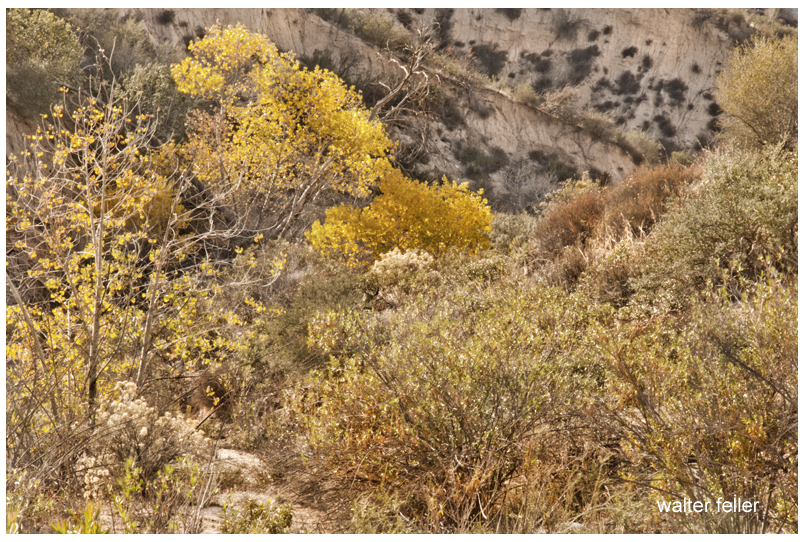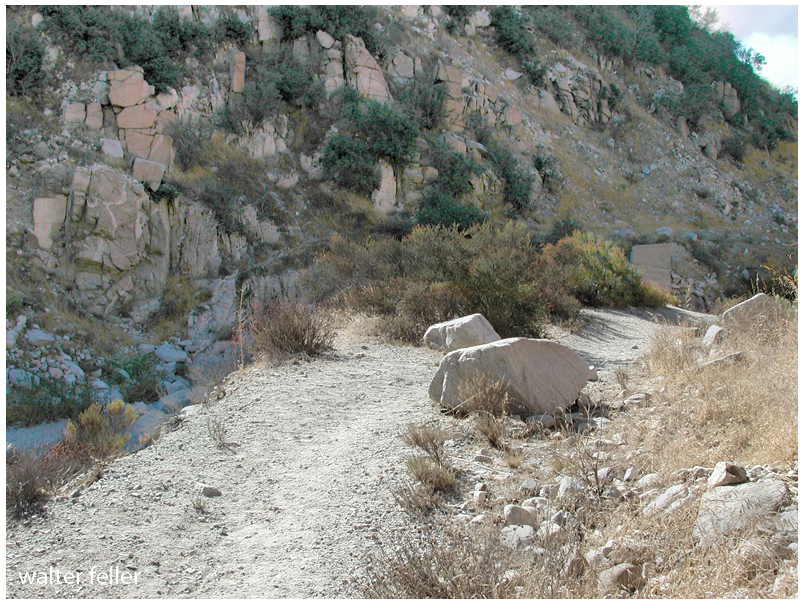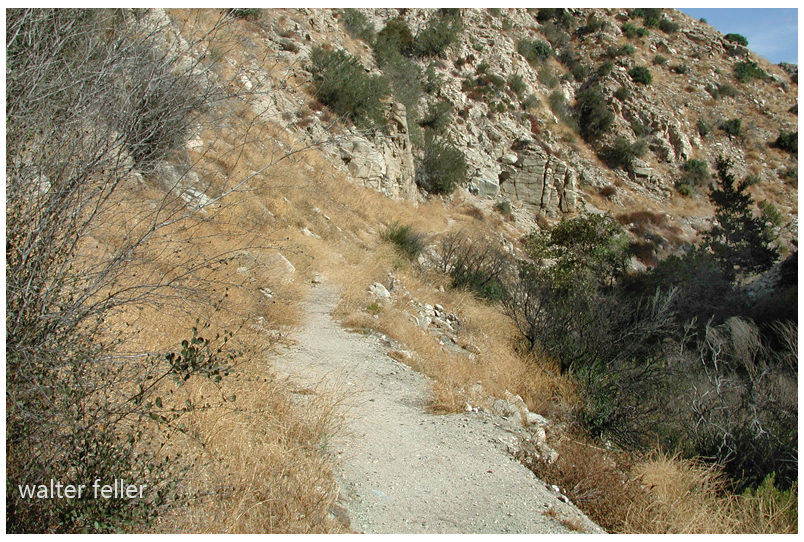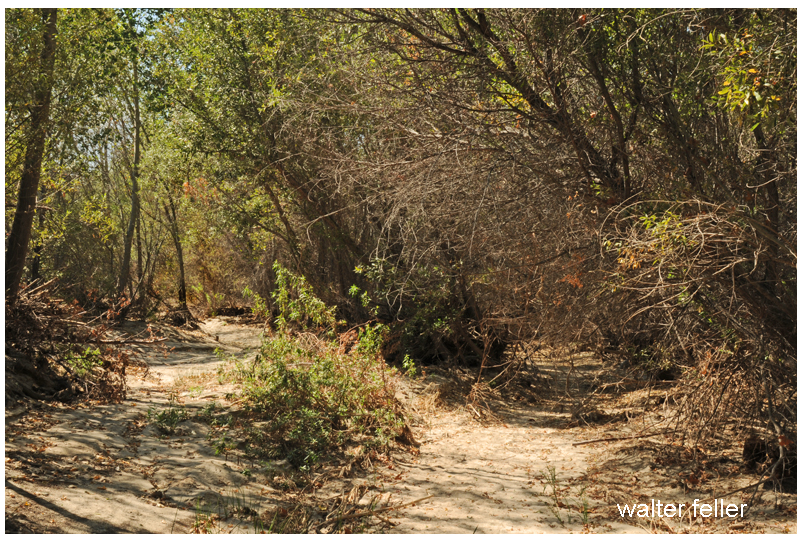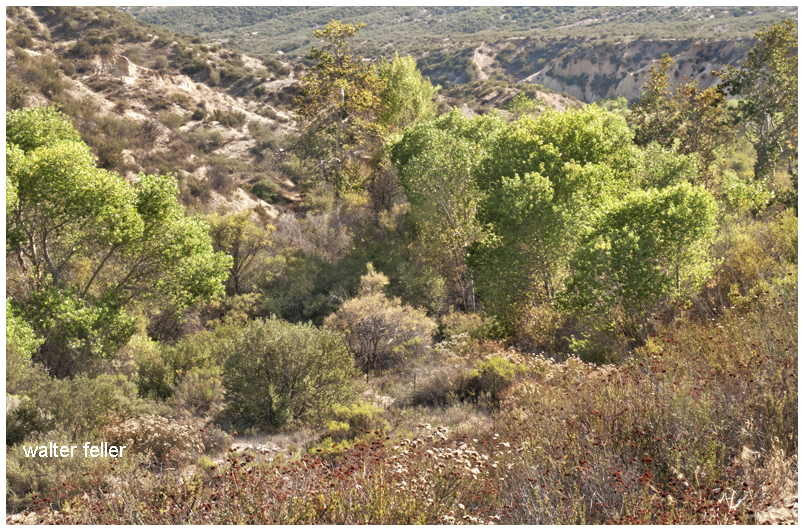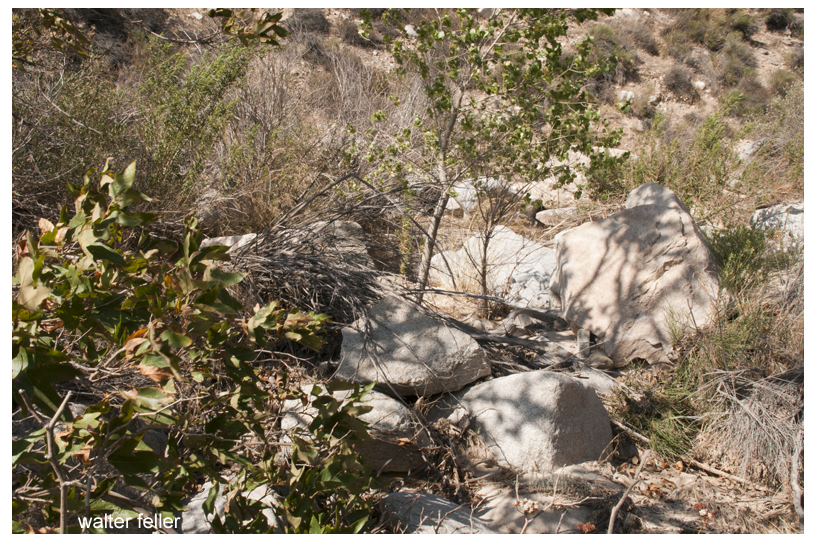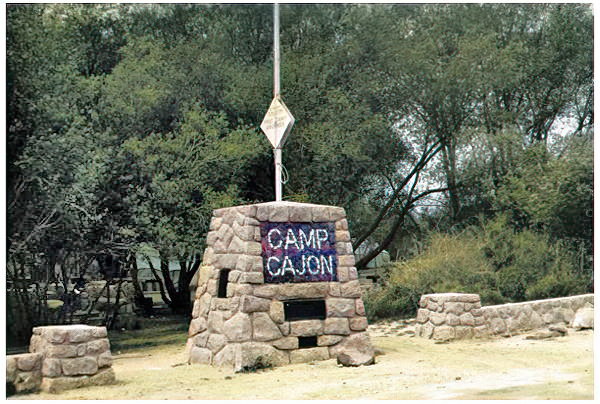
The following text has been adapted from a history of San Bernardino County by John Brown Jr. first published in 1922 describing the celebration of the opening of Camp Cajon.
The content has not been changed other than scan errors corrected and minor grammar changes to improve readability by modern standards.
Camp Cajon
On the north and east of San Bernardino Valley are the San Bernardino Mountains and beyond them the vast Mojave Desert. Through this high mountain range is a natural gap—a parting of the heights—a winding, tortuous passage, dividing the mountains and uniting the white sands on the north with the green lands of the south.
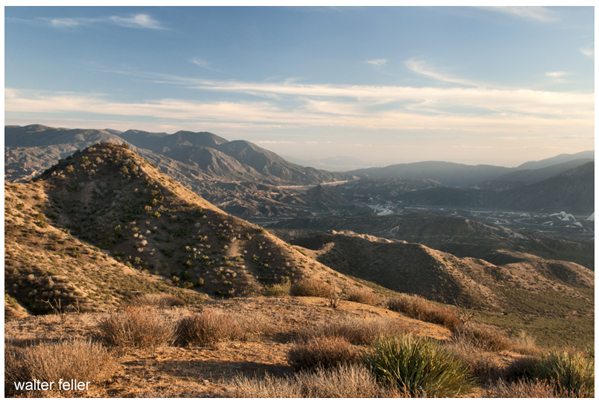
This is Cajon Pass. Cajon—pronounced cah-hone with the second syllable strongly accented—is the Spanish word for “box.” Because a portion of the defile is walled by high cliffs, the early Spaniards christened a portion of it “Paso del Cajon”—Box Pass. Through this pass comes the National Old Trails Highway, now paved from San Bernardino to Summit, a distance of 26 miles. It parallels the long abandoned and almost obliterated Santa Fe Trail over which, in 1849, and in the early ’50s, the Pioneers came to lay the foundations for a Southland empire.

At the point in the Pass where the old trail from Salt Lake joined the one from Santa Fe there stands a tall monument, erected in honor of those hardy adventurers. It was built in 1917 by the survivors of the Forty-Niners and their descendants and was dedicated on December 23 of the same year.
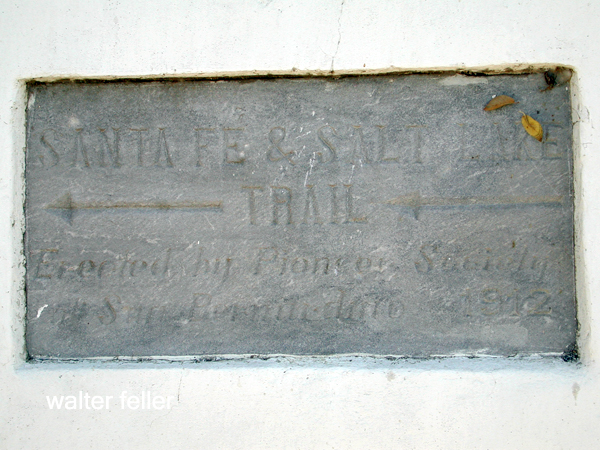
A short distance northward from the monument, and just 20 miles from San Bernardino is Camp Cajon, a welcome station for the incoming motor traveler, which an eastern writer has termed “California’s Granite Gate.” It, too, is a monument dedicated to the present and the future as the pioneers’ monument is to the past. Camp Cajon is the conception of William M. Bristol, orange grower, poet, and dreamer of Highland, 25 miles southeastward. Mr. Bristol first dreamed of his dream of Camp Cajon at the dedication of the Pioneers’ Monument.
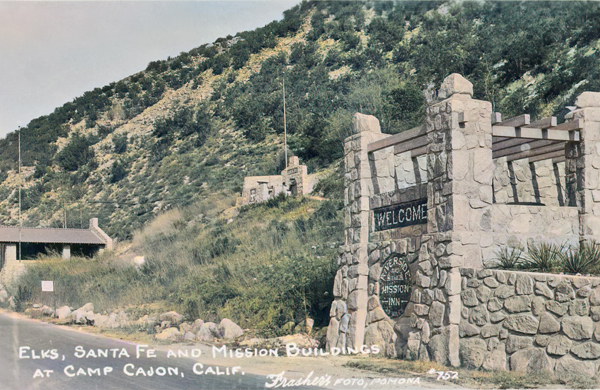
Thirty years before, Mrs. J. C. Davis, a Wisconsin woman, had spent a winter in California and returned home, wrote, and published a poem entitled “The Overland Trail,” a graphic pen picture of the old trail as seen from the windows of a modern Pullman car. Mr. Bristol was present at the dedication of the monument for the purpose of reading this poem as a part of the formal program. It is an interesting fact that Mrs. Davis had returned to California and was residing at Devore, at the southern portal of the Pass, Without knowing that she was to contribute in any way to the ceremonies of the day, she was taken into the Bristol family car and was present to hear her poem unexpectedly read nearly a third of a century after it was written.
The Overland Trail
The Flag
Out Where the West Begins
Just California
At the close of the ceremonies, the throng adjourned to the willow grove, where Camp Cajon now stands, and, sitting on the sandy ground, at a picnic dinner, It was then and there that the need for permanent conveniences for such an occasion occurred to Mr. Bristol, and on that day he began the formulation of the plans for making his dream come true. In May 1919, he pitched his tent in the willow grove, then a jungle, intending to take a two months’ vacation from his orange grove, and build a dozen concrete dining tables, each with benches of the same massive and indestructible type. That was the extent of his original dream. But so enthusiastically was his innovation received by the world at large, and especially by Southern California, that his vacation was stretched to two years; and when he finally resigned as director and returned to his home, there were fifty-five tables instead of the dozen, besides numerous other structures not contemplated in the original plans. He was not only an architect but an artisan, much of the actual work of construction being done by himself, personally, the ornamental mosaics of dark and white stone and the hundred or more metal tablets on the tables and buildings being his own handiwork. A wealth of beautiful blue granite boulders near at hand inspired and aided in the building of various structures which promise to stand for all time.
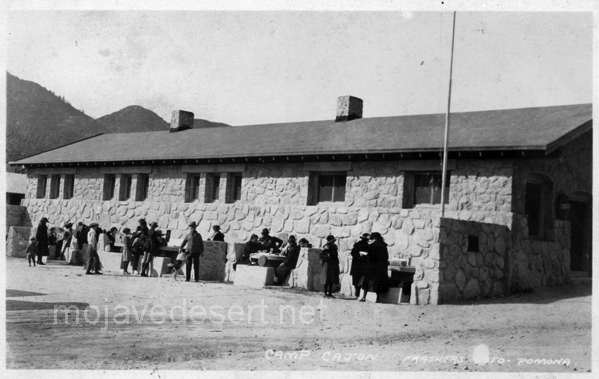
Perhaps the most elaborate structure at the camp is the Elks’ outpost
clubhouse, erected by all the Elks’ lodges of Southern California at a
cost of several thousand dollars and dedicated to loyal Elks of the world. It affords conveniences for serving a meal to half a hundred people, and, standing and facing upon California’s most popular transcontinental highway, it also proclaims that the order stands ready to meet and greet all comers to the Southland. Across its face, in a beautiful mosaic of dark and white stone are the initials, “B. P. O. E.,” and above this in the same artistic stonework, is the Elks’ clock, with its hands pointing to the mystic hour of eleven. Below is a metal tablet carrying the entire text of -Arthur Chapman’s poem, “Out Where the West Begins.” Elsewhere is a double tablet carrying John S. McGroarty’s favorite poem, “Just California.” And on the camp, flag column is four stanzas of Charles L. Frazer’s poem. “The Flag.” Each table and stove, each broiler and barbecue pit carry a tablet with an inscription and the name of the donor.
Perhaps the spirit of Camp Cajon is best and most briefly expressed in two tablets that read. “To the desert-weary traveler,” and “To the stranger within our gates.”
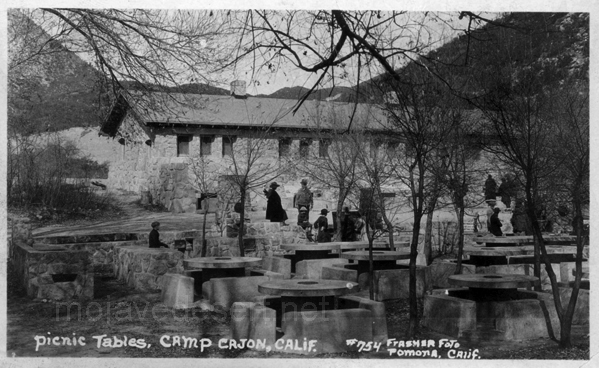
The following is the list of tables, stoves, and so on, with donors and the main part of inscriptions:
- Twenty miles to San Bernardino, the Gate City, and home of the National Orange Show.
- Thirty miles to Redlands and famous Smily Heights.
- Twenty-three miles to Colton, the Hub City, where industry reigns.
- Twenty-five miles to East Highlands, the Buckle of the Citrus Belt.
- Twenty-three miles to Highland, gateway to City Creek, and Rim of the World.
- Thirty-five miles to Mirage Valley, where things grow without irrigation.
- Twelve miles to Sheepcreek, a watered and fertile valley.
- Ten miles to Baldy Mesa, where things grow without irrigation.
- Forty-five miles to Chino, where everything grows.
- Twenty-three miles north to Adelanto, the transformed desert.
- Twenty miles to Apple Valley, where apples keep the doctor away.
- Twenty-three miles to Lucerne Valley, a land of abundant shallow water.
- Sixty-one miles to Barstow, the metropolis of Mojave Valley.
- Twenty-four miles to Victorville, the center of Victor Valley.
- Fourteen miles to Hesperia, gateway to Big Bear Valley.
- Seventy miles to Santa Ana, the county seat of Orange County.
- At the south portal of Caion Pass, Devore, the home of the muscat grape.
- Twenty miles to Del Rosa, beneath the Arrowhead.
- Twenty miles to Arrowhead Hot Springs, the hottest springs known.
- Twenty miles to Rialto’s orange grove.
- Twenty-three miles to Fontana, the largest orange grove in the world.
- Twenty-five miles to Bloomington, orange, and lemon empire.
- Thirty-five miles to beautiful Etiwanda, home of the grape and the lemon.
- Thirty-five miles to Cucamonga with its peaches, grapes, and “welcomes.”
- Forty miles to Ontario, the model city. offers opportunity.
- Thirty-five miles oceanward to Upland, and Euclid Avenue.
- To all nature lovers, by the employees of the State Hospital at Patten.
- Dedicated to checker players by the family of John Andreson, Sr., a pioneer of 1850. To the “Stranger within our gates,” by the family of David H. Wixom.
- The “West to the East ever calls,” Hiram Clark and family.
- Dedicated to the people of Needles by George E. Butler.
- Dedicated to the people of Cloverdale, Michigan, by Mrs. Chas. H. Schaffer of Marquette, Mich.
- To commemorate the visit of the Brooklyn Daily Eagle, dedication tour, April 28, 1920.
- In honor of Fred T. Perris, who, in 1884, led the iron horse through Cajon Pass.
- To the Pioneers of San Bernardino Valley, by Native Sons who have gone afield. (Judge B. F. Bledsoe, Paul Shoup, and others).
- To our Pioneers, by Arrowhead Parlor, Native Sons.
- To the Trailmakers, by officers and men of Santa Fe.
- To Highway Builders, by officers and men of Santa Fe. Redlands Rotary Club, with Rotary emblem.
- Riverside Rotary Club, with Rotary emblem.
- San Bernardino Rotary Club, with double table, and international Rotary emblem.
- “The groves were God’s first temples,” by W. M. Parker.
- “Now good digestion wait on appetite, and health on both,” by A. C. Denman. Jr.
- “To the desert-weary traveler,” by W. J. Hanford.
- A bake-oven, dedicated to the baking public, by W. j. Hanford.
- A family broiler, dedicated to the broiling public, by C. G. Lundholm.
- A pump, dedicated to the “drinking public,” by W. D. Anderson. A community broiler, “Max Aron bids you broil your steak.”
- A big range. Orange County.
- One barbecue pit. dedicated to the “barbecuing public.” by W. J. Curtis, J. W. Curtis, Henry Goodcell, Rex B. Goodcell, Herman Harris, John Andreson, Jr. Joseph E. Rich, W. E. Leonard, E. E. Katz and Mrs. F. I. Towne.
- Flag column, erected by the Native Sons of Illinois, as a tribute to the State of their adoption.
- “I love you, California.” Column, its mosaics, and tablets, the handiwork of F. M. Bristol, contributed by him.
- Flag pole, gift of J. B. Gill, formerly Lieutenant-governor of Illinois.
- Large tablet carrying four stanzas, Chas. L. Frazer’s poem, “The Flag.”
Elevation 3,002 feet.
HISTORY OF SAN BERNARDINO AND RIVERSIDE COUNTIES
by JOHN BROWN, Jr.
Editor for San Bernardino County
THE WESTERN HISTORICAL ASSOCIATION — 1922
276



